The rural Charente region of southwest France might be better known for Cognac and Limousin cattle than it is for luxury or art, but the feeling of remoteness is part of the magic of Domaine des Etangs Auberge.
Only two-and-a-half hours from Paris by train or from London by plane, everything here operates at a slower, more considered pace. The 2,500-acre estate, complete with a 13th-century château, seven ponds and a clutch of cottages, was once the fiefdom of the knights of Chasteigner de la Roche-Posay.
Since 1986 it has been owned by the Primat family; Garance Primat, daughter of the late billionaire Dider Primat, was responsible for reimagining it as a hotel and also for its ever-growing art collection. Her vision is to create a destination where not just guests, but also the local community can reconnect with nature through art.
The Concept
Photo: Manuel Heslpo
Domaine des Etangs Auberge is really more of a retreat than a resort. You come here to switch off from life’s everyday stresses, to spend time rowing boats, wandering through the woodland and picking mushrooms. It’s not exactly ‘getting back to basics’ – this is a luxury hotel after all – but it is one that knows the value of time and space. There are just 29 rooms spread across the château and cottages so, even when the hotel is at full capacity, it feels as if you have the place to yourself. While there are lots of activities on offer, the vast majority of them – picnicking on the lawn, tennis on the floating court, hiking and fishing – are self-directed so you don’t have to keep an eye on your watch. The art is also designed to be viewed in your own time and often in unexpected places – on the edge of a pond, in an old chapel, hidden within the trees or, as in the case of Elmgreen & Dragset’s trail of starfish, embedded into the pathways.
The Art Collection
Ugo Rondinone – The Sun – Photo credit Arthur Péquin
Garance Primat has a penchant for artists who look to nature for inspiration. Her private collection, to which the majority of the estate’s art belongs, includes modern and contemporary pieces as well as antiques, scientific objects and monumental site-specific works. On arrival guests are greeted by The Sun, a circle made from branches cast in bronze by the Swiss artist Ugo Rondinone and Vénus de l’Etang, a giant figure of a woman carved out of wood, made by the Chinese artist Wang Keping during a residency at the estate and using the trunk of a fallen tree. Cloud Cities: du sol au soleil, a suspended sculpture by Tomás Saraceno, hangs over one of the ponds, and a stone circle made from blocks of raw Italian marble by Richard Long is installed on the front lawn. Relatum – The Shadow of the Stars, an enormous sculptural installation by Lee Ufan (and which was previously displayed at the Palace of Versailles) can be found in one of the fields. Clara, head of the art programme at the estate, who also leads regular art tours in French and English, tells us that they are currently working on a map that will lead guests on an ‘art and nature’ trail but, for now, these outdoor works are mainly happened upon by chance.
Wang Keping – La Vénus de l’Etang – Photo credit Arthur Péquin
Smaller-scale works hang on the walls of the castle, restaurants and rooms, while temporary exhibitions are staged in La Laiterie, a former dairy converted into an impressive, museum-like space with two libraries located on mezzanine levels at either end. Our stay coincided with the final week of Primordial Waters, a group show that included among others, Yves Klein’s 182 Le Monochrome (1961), two of Pamela Rosenkranz’s 2021 Alien Blue Window light boxes, several works by Olafur Eliasson and an entrancing sound piece by Tomoko Sauvage comprising the audio from a performance in one of the ponds (for which hydrophones were installed beneath the water). The plan, Clara says, is to stage an exhibition of a similar scale every year, though details of the next one are yet to be announced.
The Design Details
All of the buildings on the estate have been carefully restored to preserve and highlight the character of the original architecture – lots of wooden beams and beautiful stone – while interiors are elegantly furnished, with a focus on a clean and contemporary aesthetic and just the right amount of eccentricity. Half of a sofa in one of the living rooms in the château, for instance, is made from marble; the walls of the staircase are hung with portraits of animals by the French artist Vincent Fournier; and in the vast castle attic, there are trunks of fancy dress, board games and snooker tables. There’s a wonderfully steep stone staircase leading to a basement level of the château where an indoor swimming pool, tepidarium, steam room and frigidarium are located; the spa, Moulin des Etangs, is housed in an old stone-flagged mill on the edge of the pond; and the gym is in a greenhouse with state-of-the-art fitness equipment placed amid pots of plants.
The Rooms
Soleil Salon. Photo: Olivier Löser
The rooms at Domaine des Etangs Auberge vary considerably in size and style, with the largest of the self-catering farm house cottages offering accommodation for up to ten people. In the main château there are three guestrooms plus four suites all of which are named after the solar system. We stayed in the enormous Soleil Prestige Suite which pays homage to its namesake through a white and gold colour palette with softly glowing orb-like light fixtures, large windows with sweeping views over the lawns and lake, and an eclectic collection of largely celestial-themed artworks. Its bedroom, located in one of the castle’s turrets, features a glass ceiling so that you can gaze up into the interior millwork as you drift off to sleep.
The Food & Drink
Breakfast is served in the castle kitchen and adjoining dining room. Guests can help themselves to cereal, pastries, bread, crêpes and preserves and order egg dishes to be cooked up in front of them by the friendly team of chefs. Dyades, the main restaurant, offers a lunch and dinner menu with a focus on seasonal produce and ingredients that are plucked from the estate’s organic gardens. The menu is short and there aren’t many options for non-meat eaters but you get the impression that the kitchen would be happy to whip up pretty much any dish if you asked. Favourites from our stay were the oysters served in two different ways, on a thick celeriac cream and with a chlorophyll sauce and the crispy fish filet (the type of fish changed depending on the daily catch) with melted leeks and a rich beurre blanc sauce.
Dyades restaurant – Artiste Sandrine Ramona. Photo: Arthur Pequin
While the food is fine dining style, the restaurant itself, like the rest of the hotel, has a laid-back, relaxed atmosphere. Kids of all ages are welcome, reservation times are flexible; in the colder months there’s a huge open fire at the end of the room and in the summer you dine al fresco on the terrace, or in fact, almost anywhere you like on the estate. One sunny afternoon we collected a pre-ordered picnic hamper from reception and enjoyed half a bottle of rosé, a box of crisps, thick-bread trout sandwiches and sweet treats on the banks of one of the ponds.
Art in the Neighbourhood
Massignac, the commune to which the Domaine belongs, is tiny, which, Clara tells us, is one of the reasons Garance Primat has been so keen to make her art collection accessible to the local community. With over 1,000 pieces within the castle grounds, there’s plenty to discover, but if you’re thirsting for more, then Bordeaux, one of the closest big cities, has some great museums as well as a burgeoning contemporary art scene. The Musée des Beaux-Art houses an impressive collection of European art dating from the 15th to the 20th century including works by the likes of Delacroix, Rodin and Matisse. Currently there’s also an temporary display (until 10 June 2024) of two important Impressionist pieces on loan from the Musée d’Orsay: Le Balcon by Edouard Manet and La Cabane des Douaniers by Claude Monet.
Darwin in Bordeaux is a purpose-made space, promoting a promoting a social, green and creative economy
For contemporary art, CAPC Musée d’Art Contemporain has developed a reputation for putting on an interesting programme of exhibitions, performances and events. Until 9 September 2024, there’s an ambitious group show reflecting on the role of the museum in the 21st century and including work by a diverse mix of artists from all around the world. Located in a former warehouse in the city’s trendy Chartrons district, the museum also features a mural by Keith Haring in the elevator shaft and two land artworks by Richard Long on the rooftop terrace. On the opposite side of the river is Darwins, a former military barracks that’s been converted into a sustainably-led space home to organic food stores, bars with live performers, a skatepark, second-hand stores, and plenty of large murals splashed across many of its walls.
Lead image: Manuel Heslpo
We may earn a commission if you buy something from any affiliate links on our site.

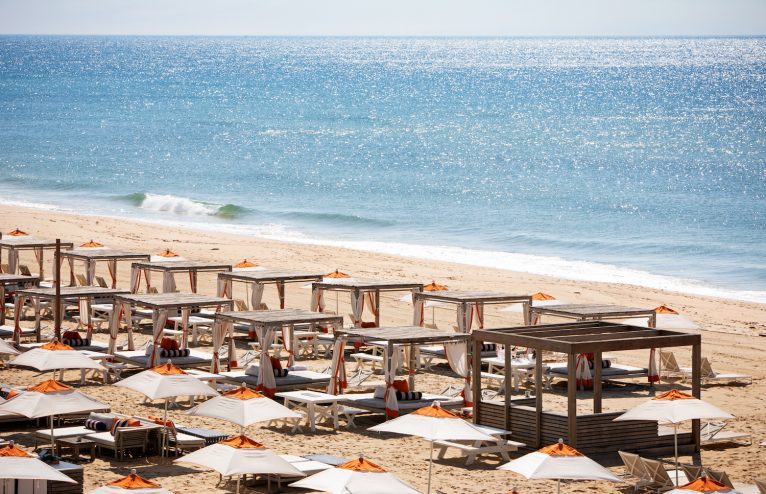
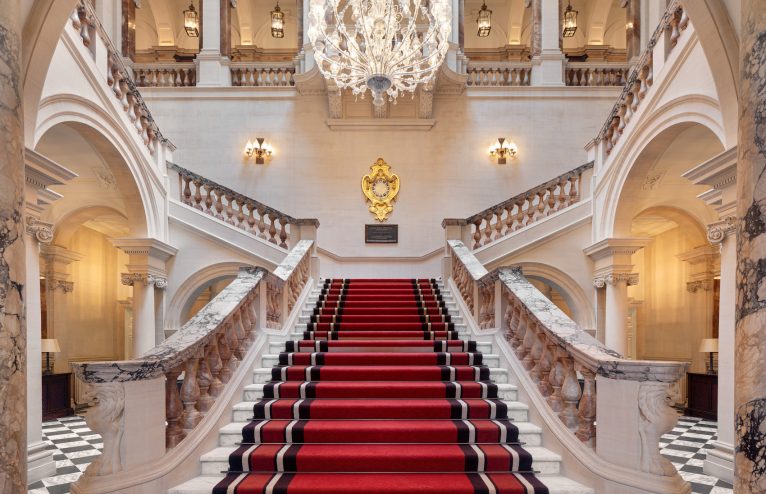


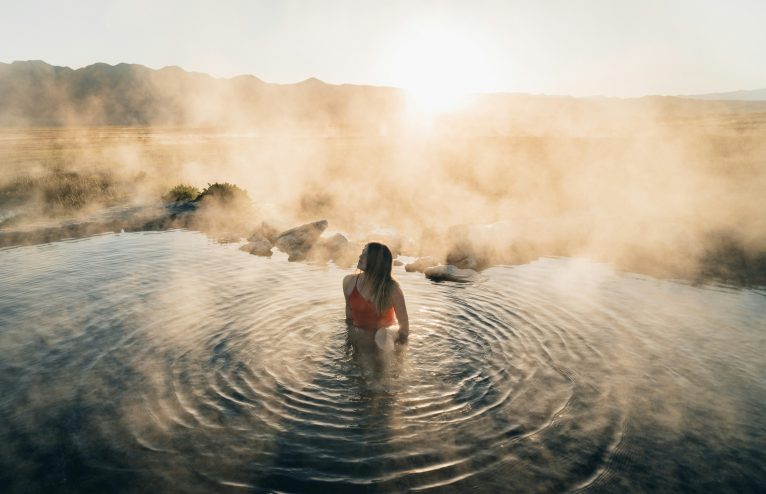

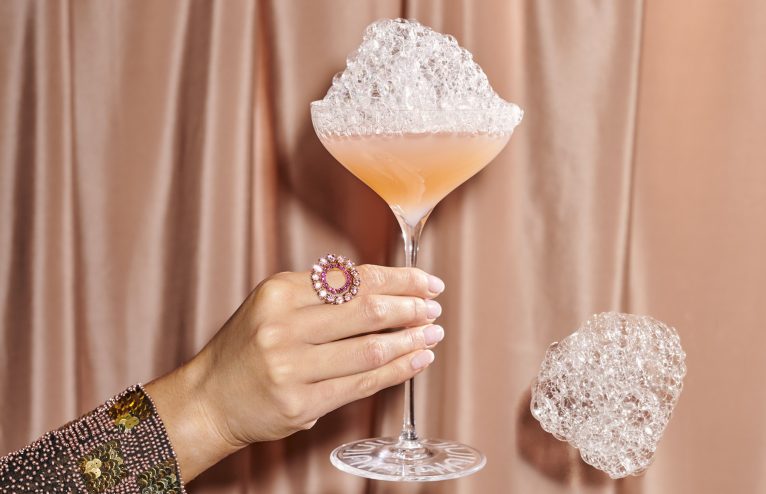
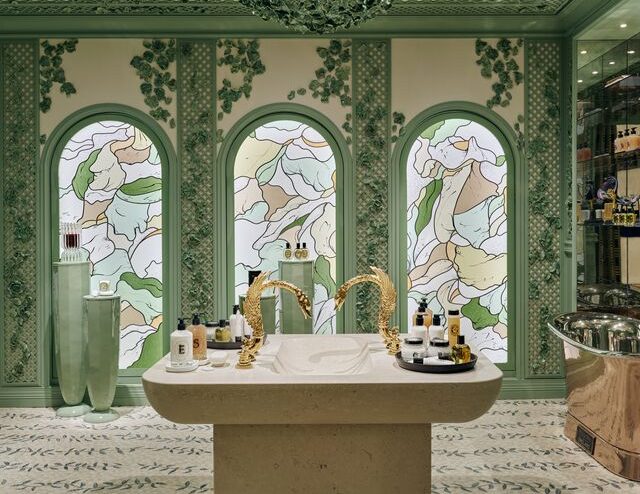






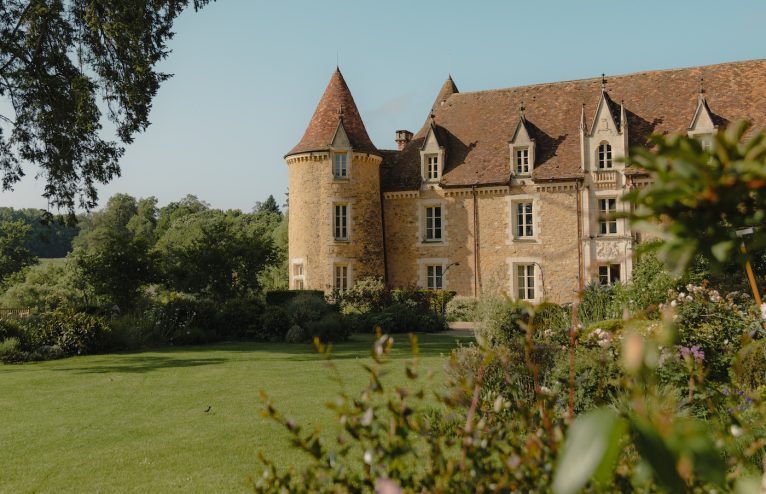
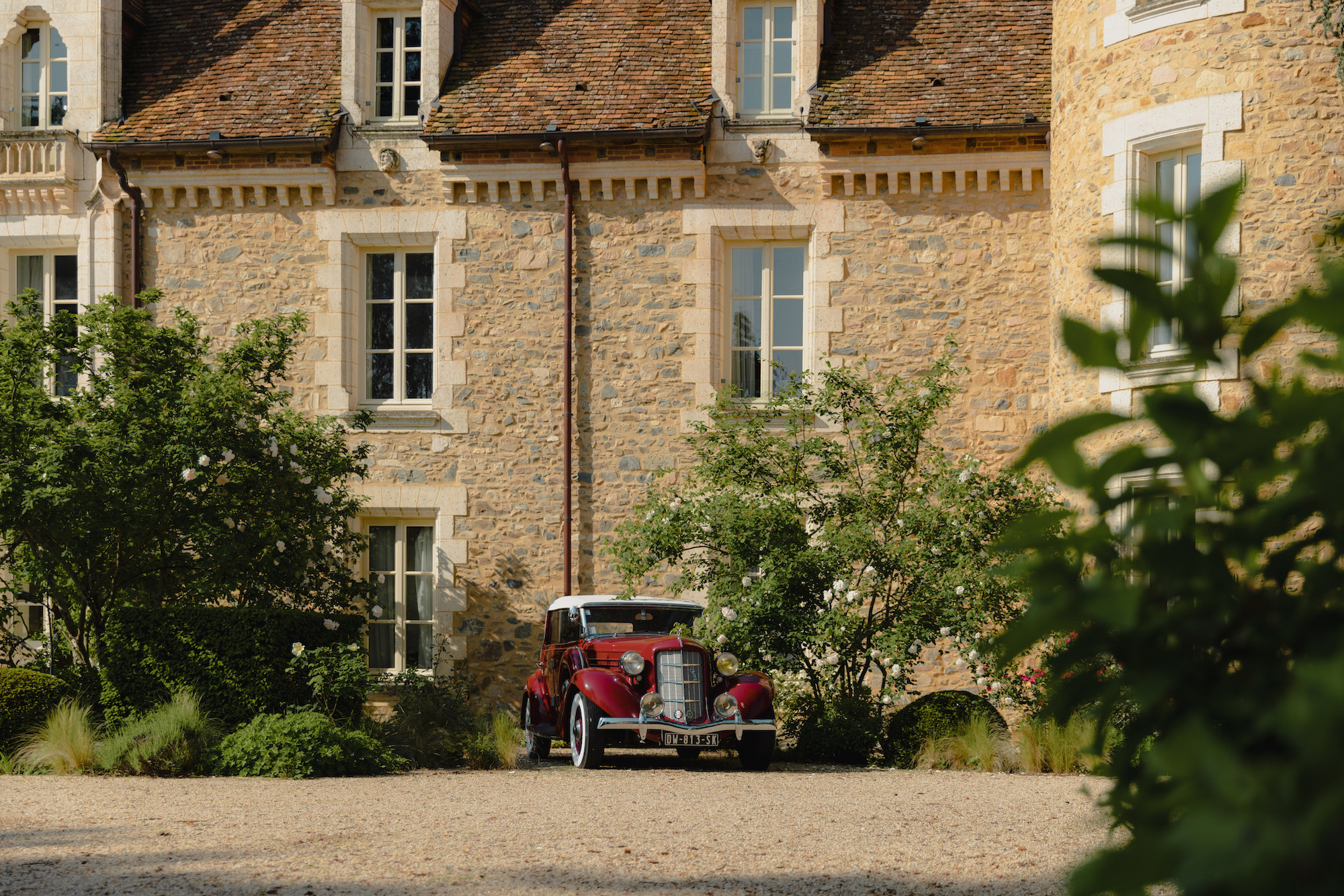




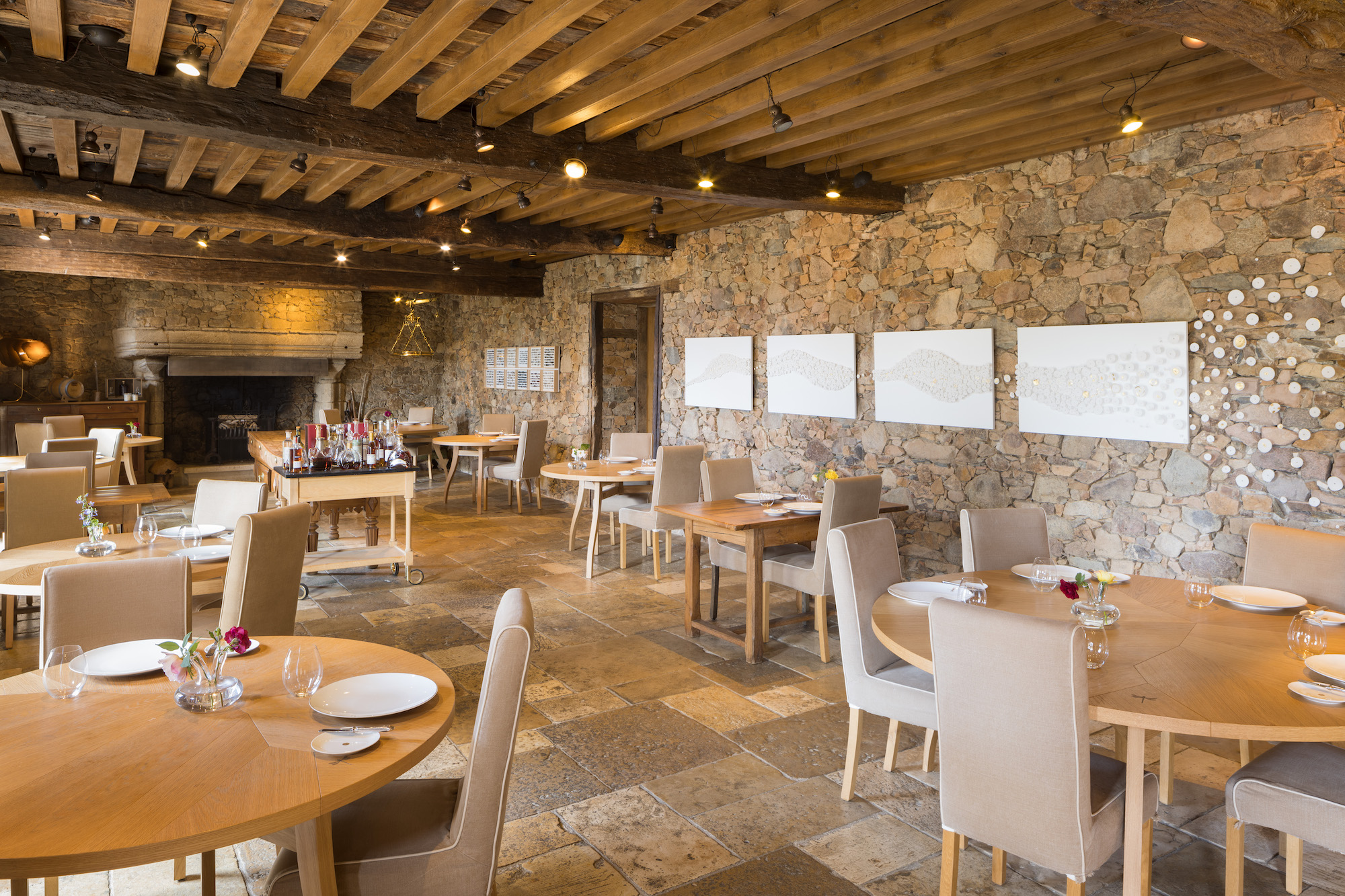

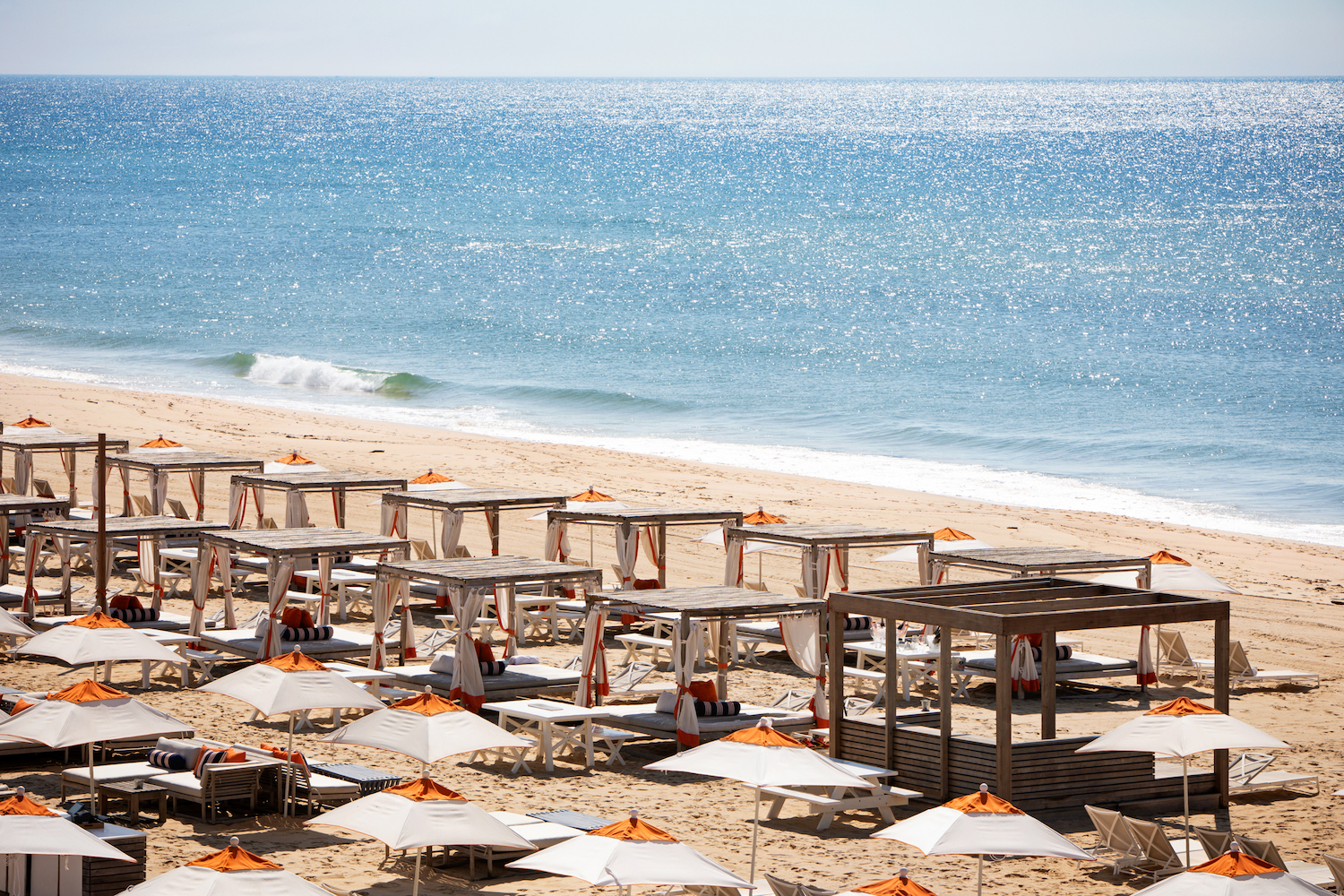



Any Questions or Tips to add?